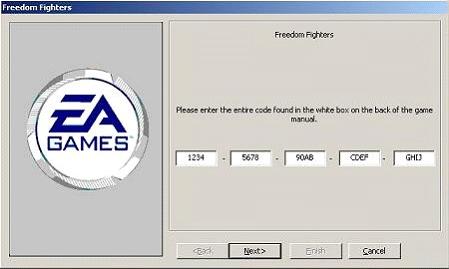

With me so far? This is pretty cool, right? We can count in any system we want. That is,Īhah! Now we can use one digit per “place”, and we know that 10 actually means we’ve “ticked over to 16″ once.Ģ0 means we’ve ticked over to 16 twice (32).Ģ5 means we’ve ticked over to 16 twice (giving us 32) and gone an extra 5. Just like 5 became V, programmers use letters A-F to get enough digits up to 16. We could use some squiggly lines or other shapes, but the convenions is to use letters, Roman style. We’ve run out of numbers (1-9 already used, with 0 as a placeholder) so we need some other symbols. We’d rather cook up separate symbols for 10-15 so we can just write numbers like we’re used to. However, we don’t want to write hexadecimal numbers with the colon notation (even though we could). If we want base 16, we could do something similar: 1 In base 10, each digit can stand on its own. We’ve started a new digit.)Įverything OK so far, right? Note that we use the colon (:) indicate that we are at a new “digit”. What if we ticked over at 60 when we counted, like we do for seconds and minutes? 1 secondġ:00 (60 seconds aka 1 minute.

Remember that we chose to roll over our odometer every ten. George Orwell’s famous novel “1984″ would be “MCMLXXXIV”! Rolls right off the tongue, doesn’t it? Considering other bases Look how unwieldly their numbers are without it. Zero allows us to have an empty placeholder, something the Romans didn’t have. Suffice it to say, Zero is one of the great inventions of all time. Zero is quite a concept, it’s a placeholder, a blank, a space, and a whole lot more. We use zero, the number that doesn’t exist. Imagine numbers as ticking slowly upward – at what point do you flip over the next unit and start from nothing? Enter zeroĪnd what happens when we reach ten? How do we show we want exactly one “ten” and nothing in the “ones” column? If we want to roll the odometer over every 10, so to speak, we need symbols for numbers one through nine we haven’t reached ten yet. One point to realize is you need enough digits to “fill up” until you hit the next number.

Why did we choose to multiply by 10 each time? Most likely because we have 10 fingers. This “positional decimal” setup is the Hindu-Arabic number system we use today. And each position is 10 more than the one before it. In our number system, we use position in a similar way. There’s simply too many.īut notice one insight about Roman numerals: they use position of symbols to indicate meaning.

Now clearly, you can’t give every number its own symbol. The Romans were close, so close, but only gave unique symbols to 5, 10, 50, 100, 1000, etc. Do this from one to nine, and you get the symbols:
#HALF LIFE CD KEY 25 DIGITS SERIES#
Rather than represent three as a series of ones, give it its own symbol: “3″. Give each number a nameĪnother breakthrough was realizing that each number can be its own distinct concept. The key point is that V and lllll are two ways of encoding the number 5. Not bad, eh? And of course, there are many more symbols (L, C, M, etc.) you can use. For five, we could use V to represent lllll and get something like However, they decided they could do better than the old tradition of lines in the sand. When you wanted to count one, you’d write: Way back in the day, we didn’t have base systems! It was uphill both ways, through the snow and blazing heat. Try converting numbers to hex and binary here: Way back when: Unary Numbers Hex and binary are similar, but tick over every 16 and 2 items, respectively. We wait 60 seconds before “ticking over” to a new minute. Base 10, our decimal system, “ticks over” when it gets 10 items, creating a new digit. The key is understanding how different systems “tick over” like an odometer when they are full. Base systems like binary and hexadecimal seem a bit strange at first.


 0 kommentar(er)
0 kommentar(er)
